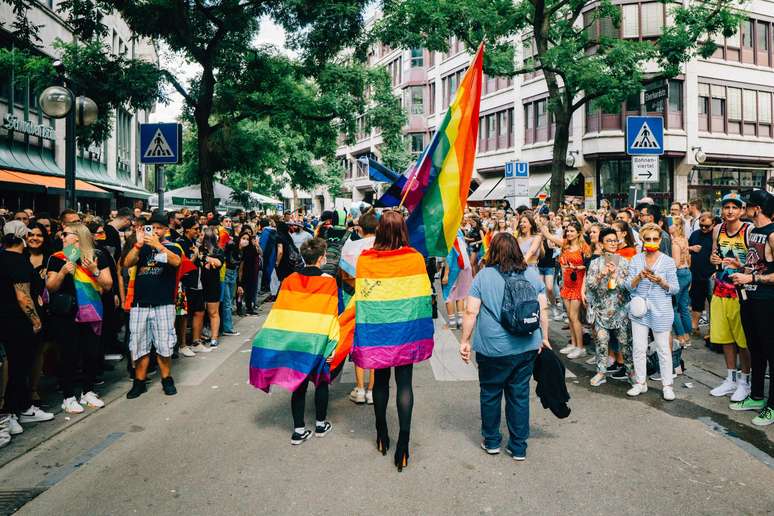Have you ever stopped to think that the way people view your sexual orientation might be less static than you might think, and that
html[data-range=”xlarge”] figure image img.img-99e6e7cb730bdef793e3243ff7a5db6ab4vcbwsl { width: 774px; height: 516px; }HTML[data-range=”large”] figure image img.img-99e6e7cb730bdef793e3243ff7a5db6ab4vcbwsl { width: 548px; height: 365px; }HTML[data-range=”small”] figure image img.img-99e6e7cb730bdef793e3243ff7a5db6ab4vcbwsl, html[data-range=”medium”] figure figure img.img-99e6e7cb730bdef793e3243ff7a5db6ab4vcbwsl { width: 564px; height: 376px; }
A new study has revealed that 1 in 15 people changed the way he defines his sexual orientation over a six-year period. The work was carried out in the UK, with people over the age of 16, and was recently published in the journal ‘Demography’.
Nearly 23,000 people were surveyed in 2011-2013 and then again in 2017-2019. 6.6% of them changed their sexual orientation in that range. The issue of increased fluidity of sexuality is not a new discussion, but this current work better underlines how variation can occur in different demographic groups.
young and old
Sexual orientation mobility is highest among young people aged between 16 and 24 and in the population over the age of 65. It was also more common in women than men and three times more common in ethnic minorities than in people who identify as white. Bisexuals and those with other identities also had greater variation than heterosexuals, gays, and lesbians.
The work challenges the notion that sexual orientation mobility decreases over a lifetime, showing that it can happen at any age range, including growth after age 65, perhaps a time when a person feels more comfortable in ‘accept and finally reveal one’s orientation.
It doesn’t end with adolescence
Another survey from 2021, published in Sex Research Journal already pointed out that changes in the way people viewed their sexual orientation went well beyond adolescence and could reach the end of the third decade of life. The researchers surveyed 12,000 US students at age 16 and then when they were in their 30s.
Based on the responses of these students, the researchers suggest that instead of the three classic classifications of sexual orientation (homo, straight and bisexual), there is a much broader spectrum, which could have at least nine possible categories. Among men, about 13% would fall under classifications other than exclusively heterosexual. Among women, that number would be 26%.
The new relationship can define the change
The causes of the change in how people view their sexual orientation were not explored in this UK survey, but while there are many complex possibilities, for a person to be in a loving relationship with someone of the same sex would an important weight in this equation.
Information from both works can help shape public health policy and social welfare programs that begin to take account of this increased fluidity. The fact that sexual minorities are not static and that unions can change throughout life should be the focus of attention.
Gathering population information in relation to sexuality in a more systematic, census-like way, as the US has been doing since 2022 and the UK since 2021, may be an opportunity to better quantify these populations and be able to think about policies that can address the your specific requests.
In Brazil, who knows, maybe we can incorporate this information into the next census or, indeed, into clippings from other IBGE surveys and other public instances?
* Jairo Bouer is a psychiatrist, communicator and publishes his columns on Terra on Thursdays.
Source: Terra
Ben Stock is a lifestyle journalist and author at Gossipify. He writes about topics such as health, wellness, travel, food and home decor. He provides practical advice and inspiration to improve well-being, keeps readers up to date with latest lifestyle news and trends, known for his engaging writing style, in-depth analysis and unique perspectives.









